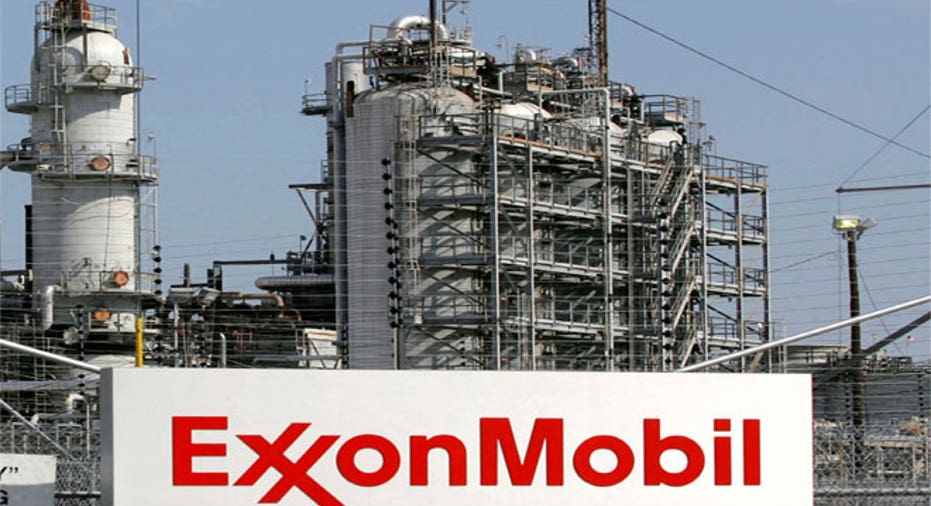Ghost of the Past or Hint at the Future: Breaking Down S&P’s Exxon Downgrade

ExxonMobil (NYSE:XOM) on Tuesday was seen as the latest casualty of the recent steep decline in global energy prices. Standard and Poor’s downgraded the $363-billion American multinational oil and gas company’s credit rating from a pristine AAA to AA+, after putting the firm on CreditWatch with negative implications in February.
The ratings agency cited increased pressure from low commodity prices, high capital spending, and large dividend payouts and share repurchases as the chief reasons for the downgrade. The firm said it predicts Exxon will continue to return cash to shareholders instead of placing higher priority on reducing its debt and bolstering cash on hand.
This isn’t the first downgrade of its kind. According to an April 2016 report from S&P Ratings Services, the firm downgraded 45 of nearly 105 energy and production and integrated companies that it rated at the start of 2015, and another 27 through the end of the first quarter of this year. Twenty of those E&P companies were slashed to default or selective default after missed interest payments or distressed debt exchanges.
Phil Flynn, FOX Business contributor and senior market analyst at the PRICE Futures Group, said the downgrade reflects how serious oil’s sharp decline has been. As of Tuesday’s settlement, West Texas Intermediate crude prices had shed more than 25% from a year ago, and have plunged more than 70% from record highs hit in 2008.
“[It] really reflects a sector that is in really big trouble right now,” he said. “It means we’re going to see billions of dollars of less investment in energy, billions of barrels of oil that aren’t going to get produced in the future, and we’re going to be paying the price down the road.”
Flynn pointed to past examples of similar narratives that have played themselves out: In 1998, Exxon and Mobil agreed to a $73 billion merger amid pricing pressures in the crude-oil market, and Texaco’s bankruptcy later resulted in a buyout from Chevron (NYSE:CVX).
“What we will see now will cost us billions of oil barrels in the future because when you get the biggest of big oil cutting back, the exploration of more barrels of oil and gas isn’t going to happen. What will happen is demand will go up and the U.S. will fall behind,” he said.
Yet, the price action in the market following the news wasn’t of all out panic. Energy continued to be the best performer of all 10 S&P 500 sectors, while Exxon’s share price traded virtually flat, up about 0.2%.
Darin Newsom, senior analyst at DTN, said that’s because most of the downside risk has already been priced into the market, and it’ll take a lot more than one downgrade to spook investors in the energy sector
“No one can expect oil companies to do well, so investors are kind of sitting back and not going to get excited about this sort of thing. If we go another year down the road and large oil companies are still struggling, then maybe we’ll see more reaction by investors,” he explained.
For now, he said to expect slow movement as oil prices continue to move higher, and larger companies look to buy up smaller, struggling companies at cheap prices. From Newsom’s point of view, Tuesday’s action by S&P wasn’t so much an indication of what’s to come so much as a result of the pressure the industry has suffered for the last year and a half.
“This is more of a reflection of the past. I don’t see the ripple effects out there now…could it roil the markets down the road? It’s possible. But I think Exxon will continue to be Exxon just not with the triple-A rating from S&P,” he explained.
For a significant reaction in the markets as a result of increased pressure, Newsom said the oil market would have to collapse further and something even “more severe” than a ratings cut will have to happen. For example, he said a large oil company would have to come close to the brink of collapse or suffer substantial problems. Still, he said he doesn’t expect that to happen any time soon.



















